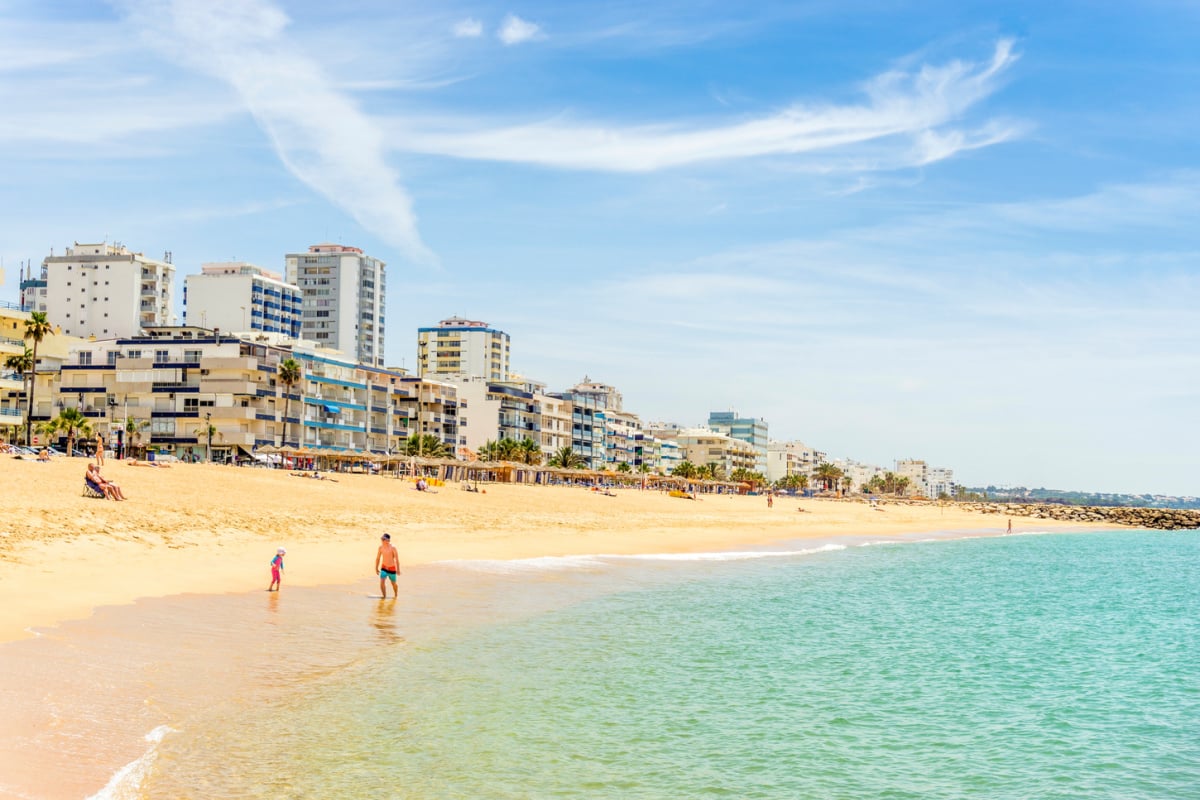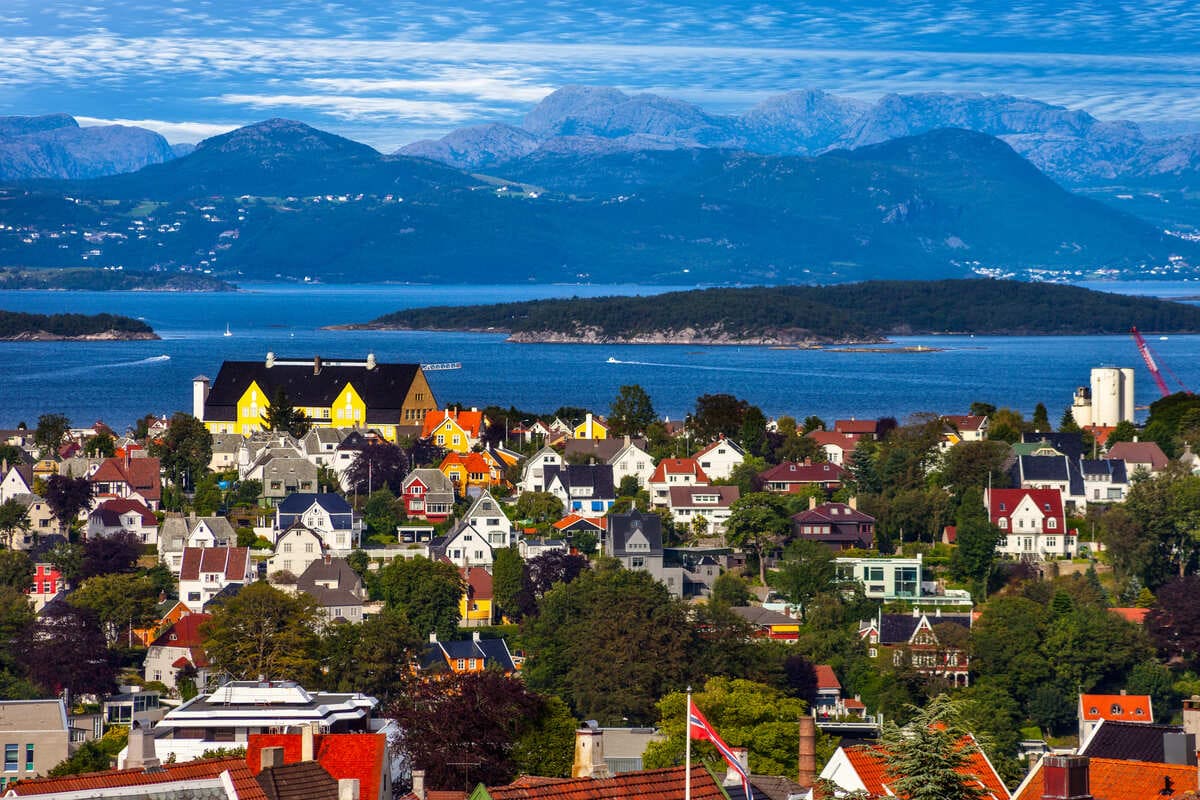From the fairytale castles that look like they’ve been cropped straight out of a storybook scene, to the cobbled streets lined with half-timbered houses and quirky shops, to the beautiful, ornate architecture of the medieval cathedral in the town center:
Nothing says ‘magical’ quite like a European village frozen in time (in the best possible way).
Sure, big cities like Paris and London are a blast, but they barely scratch the surface of the Old Continent’s real, unspoiled charm.
The tiny villages untouched by mass tourism are where the real magic happens, and if you’re planning to hop across the pond in 2026, here are 7 historic gems you absolutely don’t want to pass up:
Rothenburg ob der Tauber, Germany
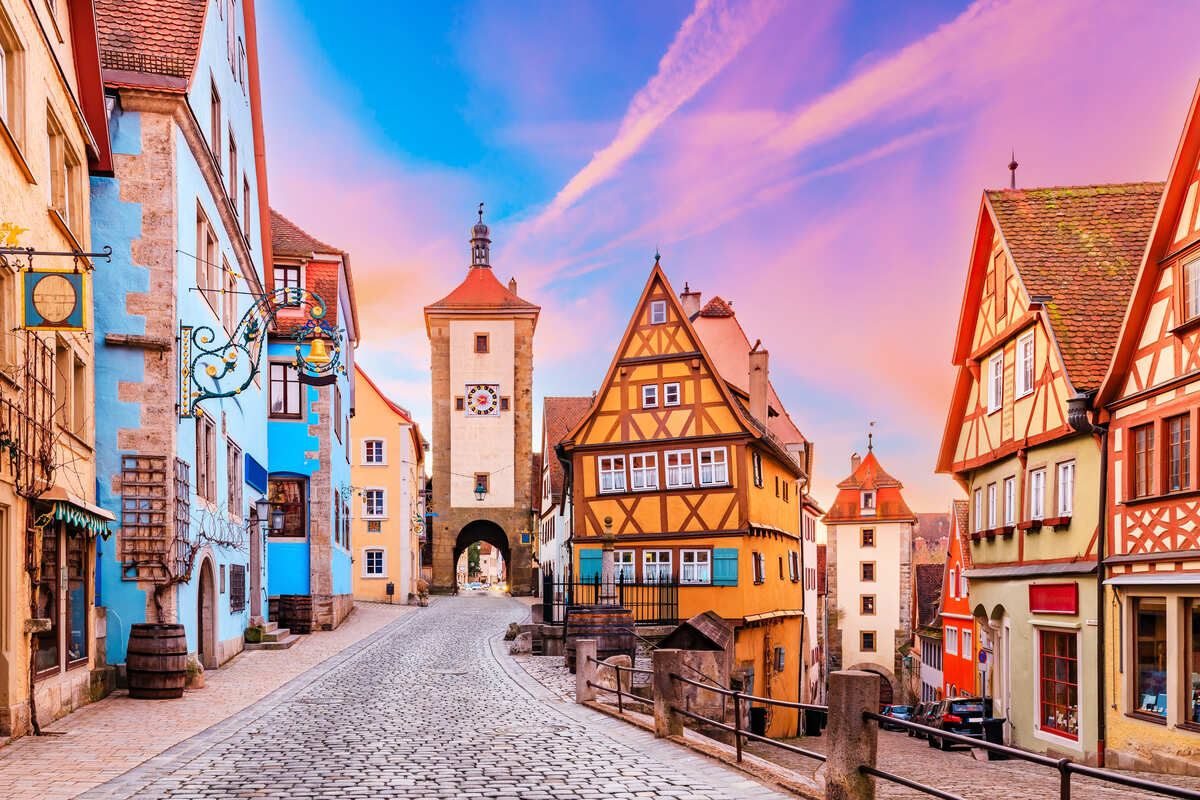
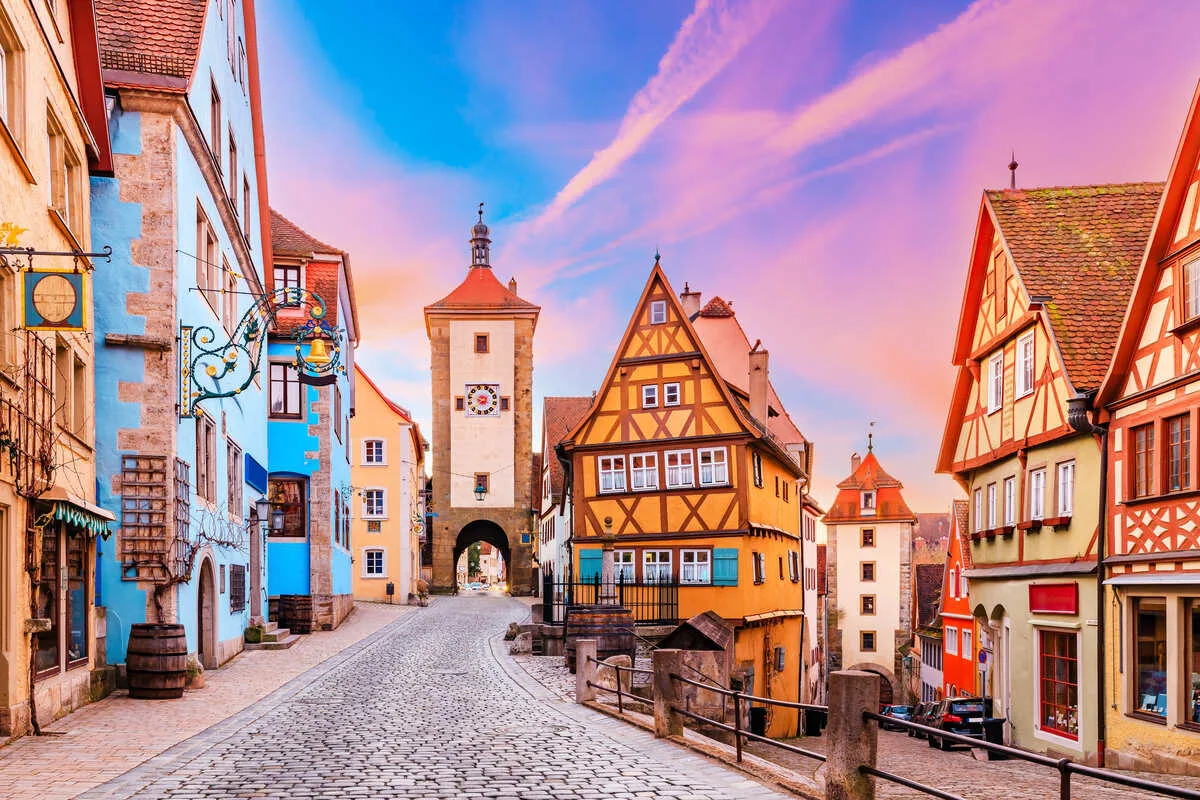
Tucked away in the rolling green hills of Bavaria, in southern Germany, Rothenburg ob der Tauber is the kind of place that’s the spitting image of a town you thought could only exist in your most fantastical Disney-coded childhood dreams.
No two ways about it: it’s straight out of a fairy tale. The winding stone roads are flanked by colorful toy-like dwellings, old houses with timbered tops, and soaring churches everywhere you look. Rothenburg is a German national artifact in life-sized form.
On top of that, it’s one of a handful of towns completely untouched by far. That’s what makes it so inherently special: it is still completely surrounded by original, intact walls, watchtowers, and drawbridges leading to imposing gates.
Erice, Italy
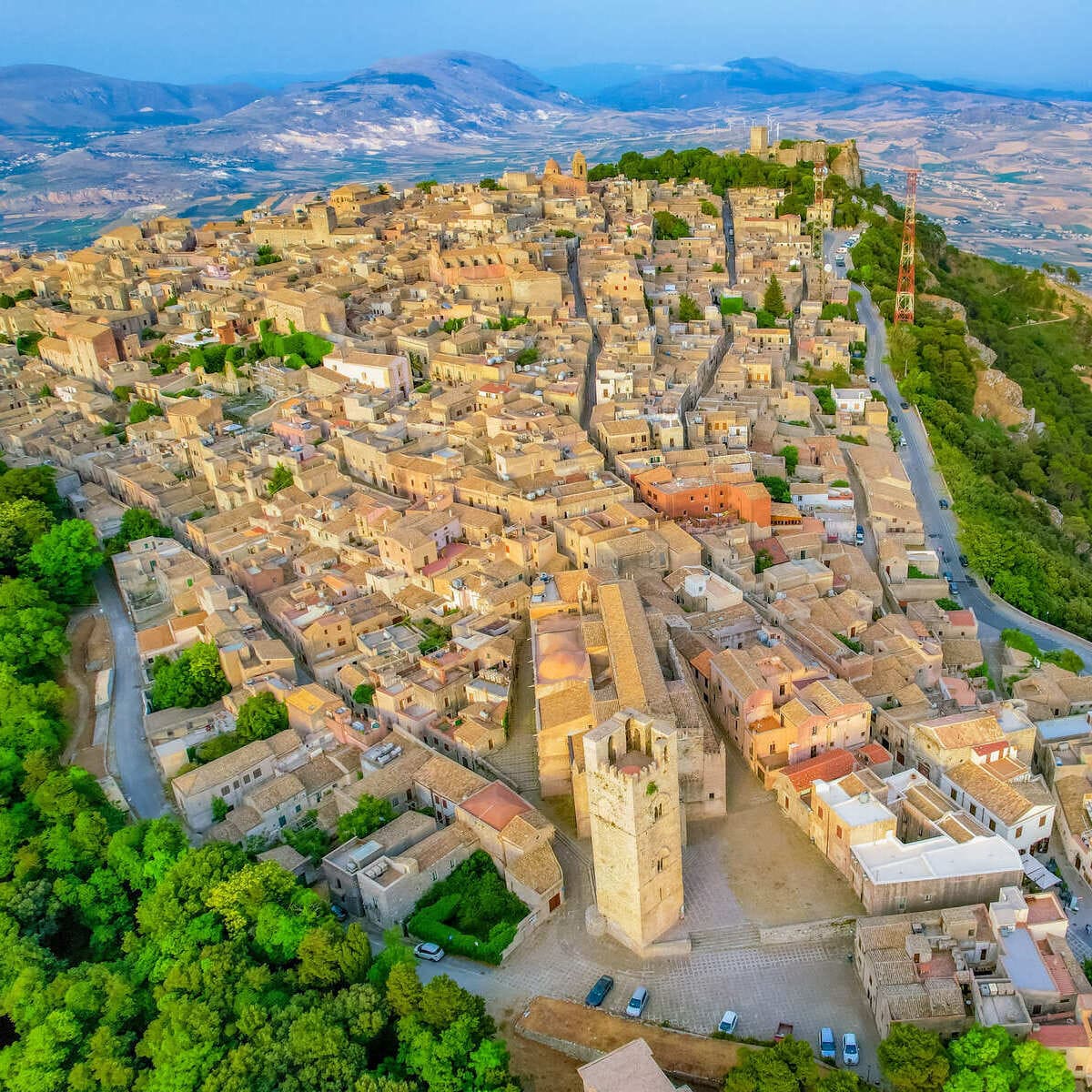

Considered the best-preserved medieval town in Sicily, Erice is perched on a prominent mountain overlooking the island’s lush countryside, and the shimmery Mediterranean beyond, at 2,500 feet above sea level.
It’s criss-crossed by winding stone-paved lanes, and peppered with traditional, family-owned eateries, and quiet, unassuming Romanesque churches with opulent Baroque interiors. The standout among those, Chiesa di San Martino features stunning stuccowork and colorful frescoes.
The absolute must-see in town, however, is the Castle of Venus, an ancient fortress built over the ruins of a Pagan temple dedicated to the Roman goddess. If you’re hoping for those epic blood-orange sunset views, this is the spot to catch them.
Pedraza, Spain


With a population of only 359 people, and a limited number of tourists, Pedraza is one of the most quaint spots in Spain, which has been engulfed by overtourism in recent years. That being said, it probably won’t take long for the masses to discover it:
A picture-perfect village a short 25 minutes by train from the bustling Madrid, it is known for its intact medieval townscape: imagine impressive walls, cobblestone lanes lined with old stone houses, and arcaded buildings ringing a stately Plaza Mayor.
In summer, it also hosts the Night of the Candles (La Noche de las Velas), when the entire settlement’s electric lights are turned off, and thousands of candles are lit instead, casting a golden glow on the centuries-old façades. Atmospheric and whimsical don’t even begin to cover it.
Koprivshtitsa, Bulgaria


An offbeat mountainside village in the heart of Bulgaria that seems to have captured the Balkan country’s identity perfectly, Koprivshtitsa is traversed by cobbled pathways, filled with colorful buildings, and loaded with history.
Not only is it a literal open-air folk museum, with rows upon rows of brightly-painted townhouses with the famous covered balconies and carved ceilings, it is the birthplace of the 1876 April Uprising, which marked Bulgaria’s most important revolt against the Ottoman Empire.
A stroll through Koprivshtitsa feels like peeking into a time capsule, where not much has changed in the last 200 years. The fresh mountain air, the rolling green hills, and the little stream winding through the heart of town all add to its mystique.
Pyrgi, Greece


Located in the North Aegean region of Greece, Chios is already pretty off-path as an island, away from the chaos of Santorini and Mykonos. There are numerous crowd-free, postcard-ready villages to explore here, but if you only have time, Mesta is where you should be headed:
One of the ‘Mastic Villages’, it is distinguished by its xysta, an ensemble of historic houses clad with intricate, black-and-white geometric designs. They’re everywhere to be seen, and though uniform in theme, every house has its own character.
At the heart of Pyrgi, you’ll find a lively, tree-shaded square bordered by cozy tavernas, the ideal spot to sip some mastiha while admiring the patterned buildings. If we may add, Manoula serves the best homemade orange cake on the island.
Hall in Tirol, Austria


A laid-back, sleepy town in the Alps, only 14 minutes by bus from the popular ski resort city of Innsbruck, Hall in Tirol is oftentimes considered the best-maintained medieval town in the Western part of Austria, and we’re inclined to agree.
It has scenic towers, gabled-roof houses, building façades decorated with elaborate motifs, and for the History buffs out there, a noteworthy coin minting past. In fact, Hasegg Castle, the local fortress, is where the ‘thaler’ was originally coined.
This is the coin that would eventually give rise to the word ‘dollar’, but if we’re talking treasured material heritage, Hall’s crown jewel has to be Pfarrkirche St. Nikolaus. This 14th-century church features stuccoes and a magnificent gilded altar, unlike anything you’ve ever seen.
Sighișoara, Romania


Located in Transylvania, the mystical Romanian hinterland, Sighișoara is the charming, medieval village you never knew you needed visiting until now. We’re talking eerie-looking Gothic spires towering above narrow lanes, pastel-hue façades, and even vampiric tales to go with them.
The landmark Clock Tower is the main attraction here, but there are 9 other similar edifices standing watch at the town’s entry points, and on top of that, an idyllic Church on the Hill (Biserica din Deal), and restored medieval abodes.
Speaking of which, the most notorious of those has to be Vlad Dracul House (Tin Street No. 1). Yep, as in, the actual historical figure that inspired the Dracula tale. Before becoming a fearsome, bloodthirsty ruler, he was born in this exact spot in Sighișoara in 1431.
Provins, France
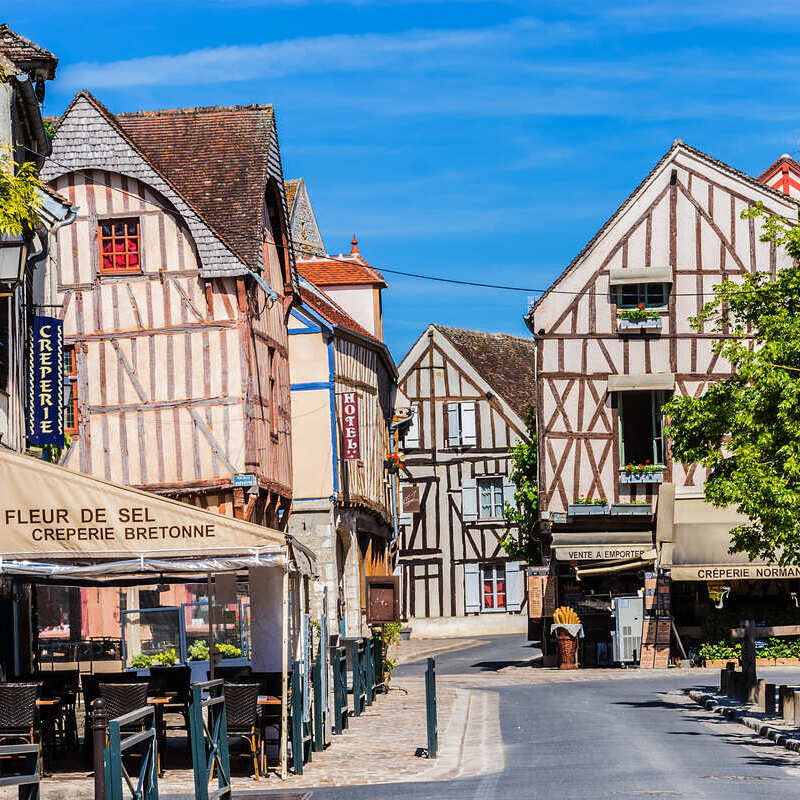

A brief 1h15 train ride from the hustle and bustle that is Paris, pulling up to the gare in the picturesque provincial town of Provins is like peeking into a completely different universe: one where photo ops, Eiffel Tower selfies, and Instagrammable flowery cafés do not matter.
A rare snapshot into life back in the Middle Ages, it is a UNESCO-protected town encircled by imposing ramparts and dotted with historic buildings. For instance, the Caesar Keep is a 12th-century monumental tower featuring vaulted rooms and panoramic terraces.
To all our fellow sweet fiends out there, you must check out Gourmandises Médiévales, a shop specializing in medieval confections, a short walk from Place du Châtel, the main square. You can even sample the O.G. almond-based macaron recipe!
The Travel Off Path Advantage: Your Travel Toolkit
Subscribe To Our Latest Posts
Enter your email address to subscribe to Travel Off Path’s latest breaking travel news, straight to your inbox.
